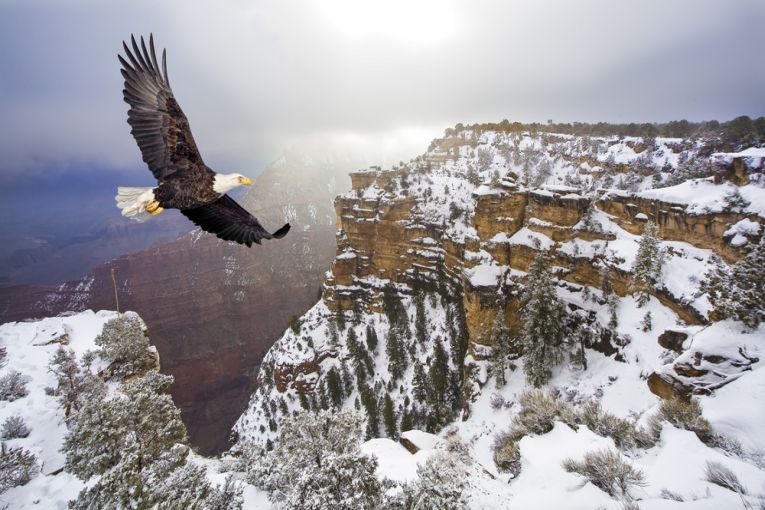When Tricky Dicky (President Richard Nixon) declared, Nothing is more priceless and more worthy of preservation than the rich array of animal life with which our country has been blessed. It is a many-faceted treasure, of value to scholars, scientists, and nature lovers alike,
in 1973, he got that particular decision right. Now we can add almost everybody to the nature lovers.
The need to conserve and protect wild habitats has, over the past 40 years, impressed itself on everybody, not least the tourist trade. The US record has a chequered history, but overall has achieved success with many more than the 10 species that are featured in a publication from the Endangered Species Coalition
The Hawaiian nÄ“nÄ“ goose, American peregrine falcon, El Segundo blue butterfly, Robbins’ cinquefoil, bald eagle, southern sea otter, humpback whale, American alligator, brown pelican and the green sea turtle are the animals and plants involved.
That all adds up to 90% satisfactory recovery of the 1300 species that have been protected over those four decades. Perhaps it’s better to look at the failure, but congratulations do have to be offered. There are presently 1300 Hawaiian nÄ“nÄ“, while the peregrines have returned to 1940s population levels.
Habitat protection is the answer solving all of the LAX Airport problems of Euphilotes battoides allynii, the El Segundo blue butterfly. Perhaps the thousands of insects now flying should choose a slightly less hectic environment. In the east, the White Mountains of New Hampshire comprise a habitat so suitable now for the cinquefoil that the plant is now delisted from the group of endangered species. The neighbourhood butterflies will surely benefit too.
The bald eagle, Haliaeetus leucocephalus, deserves a special mention, with only 240 pairs in existence at one point in the 1960s. Like many birds of prey, pollution in the ecosystem caused sterility and shell thickness problems. DDT was the main culprit. The species now thrives and has been removed from threatened lists since 2007. The brown pelican also suffered from pollution involving the pesticide DDT.
From local extinction, it rose again and reached a Louisiana population of 16.500 by 2004. Marine creatures feature on the success list, with sea otters, green turtles and humpback whales most prominent. Here of course, it is international agreements that sanction species’ survival and not only those populations reaching one country’s shores, often as dead or dying specimens, fished or trapped in the sea’s increasingly obvious rubbish bin!
The failures that grate on the American consciousness are the bears, including a beautiful grizzly subspecies, Ursus arctos californicus, known to impress with its golden colour and great size in Kansas and in California itself until 1922, when hunters carried out their murderous, predestined function. The passenger pigeon travelled the same road and even as late as 1983, a pike, the blue walleye, Sander vitreus glaucus disappeared from Lakes Erie and Ontario, having been a commercially viable catch till that point, when alien competition and eutrophication caught up with the habitat.
A memento of several of the lost is shown in Earthjustice.










